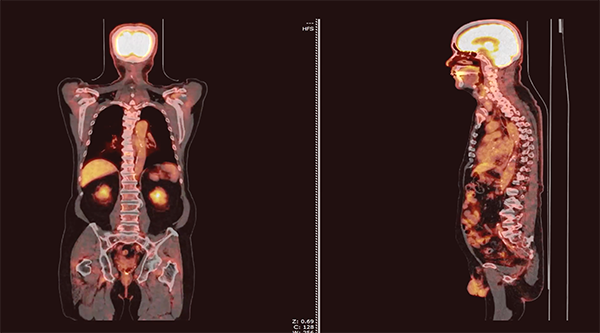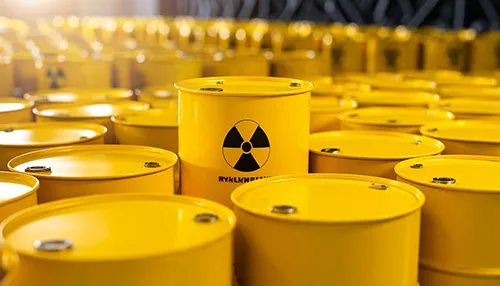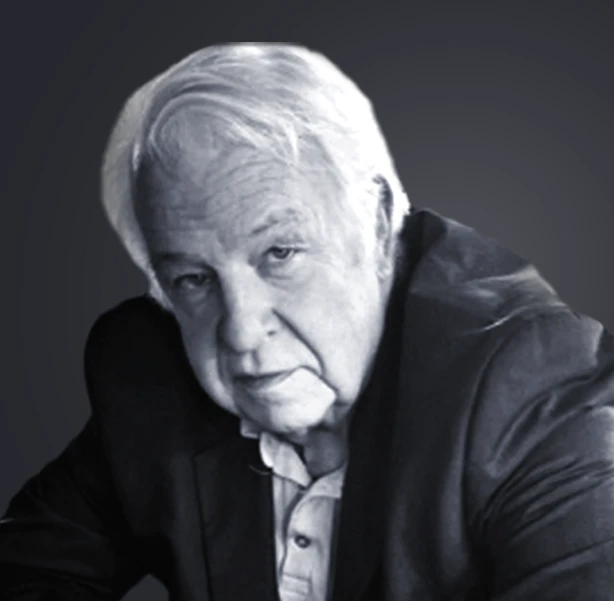Combined Experiences



















The sun shines because quantum physics governs the behavior of particles at an atomic scale. While the atoms in the Sun do not have sufficient kinetic energy to overcome the force of electrostatic repulsion, there’s a small, non-zero probability that their wave-like nature lets them "tunnel" through the energy barrier, enabling the nuclei to get close enough for the strong nuclear force to bind them. This low probability event, called ‘quantum tunnelling’, occurs frequently simply due to the sheer number of atoms in the sun. A reactor on Earth can’t house the number of atoms as the sun. However, we can drastically increase the number of interactions and the probability of quantum tunnelling.

A step-change reduction in the cost, size and mass of fusion reactors.
Tapered magnet geometry and REBCO spirals create Pseudo Muons at a low energy cost
Deuterium ions pre-saturated in a solid lattice target to build up and contain particle density.
Pseudo-muons are implanted into the target lattice to compress interatomic spacing.
Lasers, ultrasound, and microwave radiation excited the compressed Deuterium ions within the target lattice.
Increases the wavelength of ions, increasing the cross-section of reactions, and forces interactions, enhancing quantum tunnelling.
Reflects neutrons released back into the target to amplify the rate of D-D fusion.




Chief Scientist, Co-founder
OG Fusion scientist. Principal architect to nuclear startups that have gone on to become billion-dollar companies.

CEO, Co-founder
A proven CEO, Microfusion Engineering, and creator of the Thermal Hydraulic Simulation Engine (THINK). Expert in control systems engineering and digital twins for the power industry.

Board Director, Co-founder

Board Director, Co-founder

Board Director, Co-founder

Board Director















